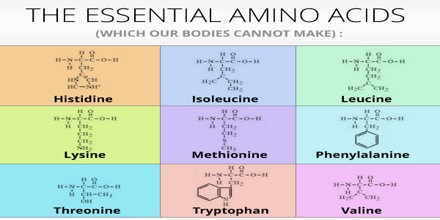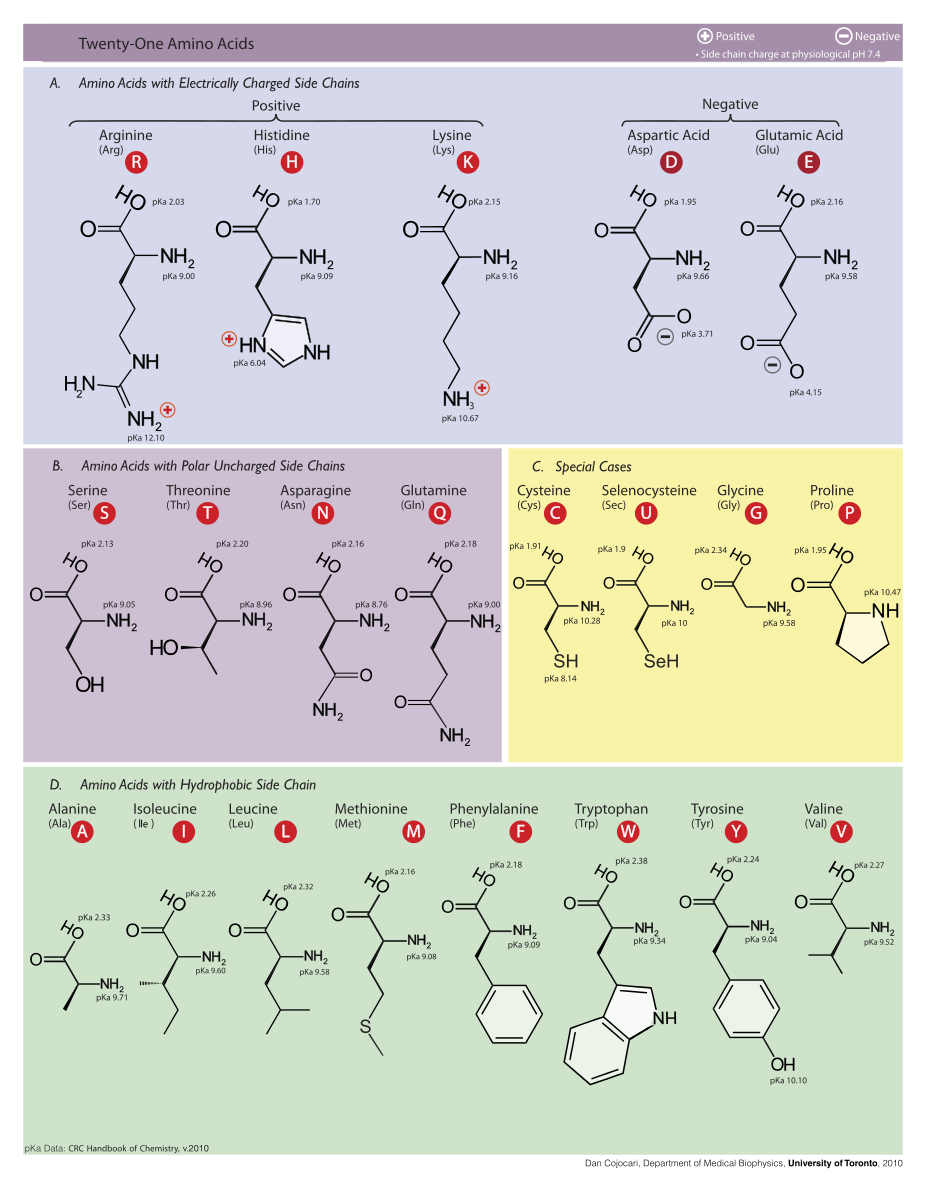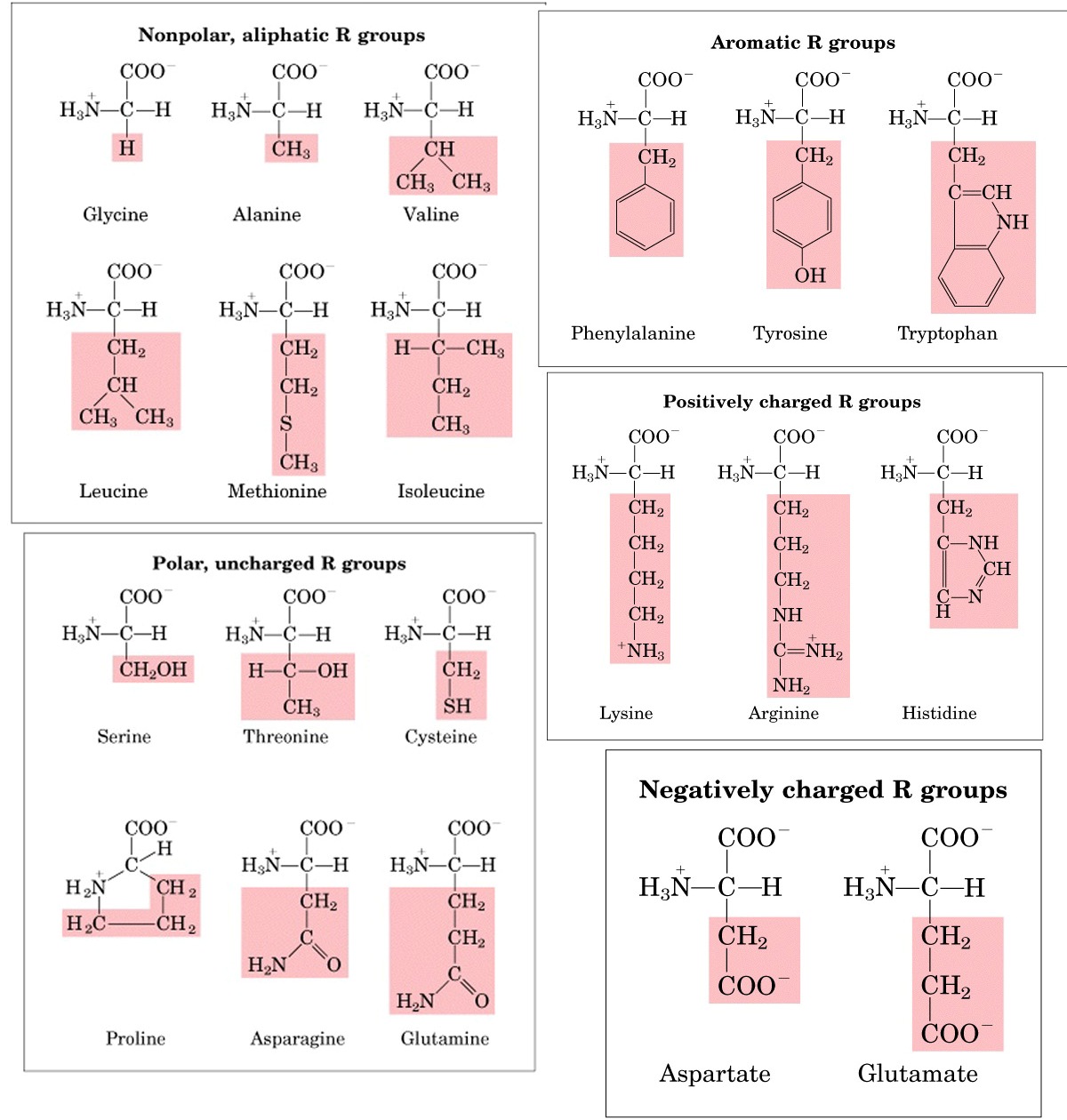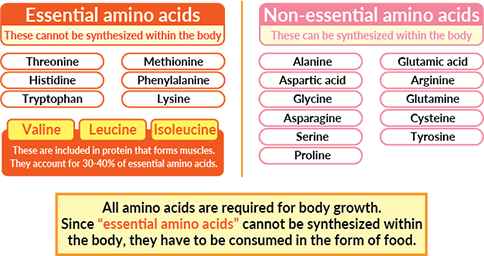How Many Types Of Amino Acids Are There

Amino acids are classified into two general types.
How many types of amino acids are there. The table below shows how the 20 amino acids are classified. Tyrosine and its precursor phenylalanine are precursors of the catecholamine neurotransmitters dopamine epinephrine. Non essential amino acids are those that your body can produce specifically by the liver without any outside help. People must obtain nine of these amino acids called the essential amino acids through food.
2 25 types of amino acids there are 20 amino acids our body uses to synthesize proteins. Types of amino acids branched chain amino acids bcaas branched chain amino acids bcaas which include leucine isoleucine and valine are essential amino acids that stimulate protein synthesis in the muscles. The following are essential amino acids. The 20 proteinogen amino acids are also called standard amino acids which can be divided into three groups.
Under normal conditions 11 of them are non essential and 9 are essential. The body has 20 different types of amino acids that are divided into 2 main categories. They are called proteinogenic standard typical canonical or natural amino acids. Besides this there are approximately 250 amino acids which do not form proteins.
Phenylalanine is a precursor of phenethylamine. Essential and non essential amino acids. 20 types of amino acids l ist alanine ala a arginine arg r asparagine asn n aspartic acid asp d cysteine cys c glutamine gln glutamine gln q glutamic acid glu e glycine gly g histidine his h isoleucine ile i leucine leu l lysine lys k methionine. Many amino acids are used to synthesize other molecules for example.
Tryptophan is a precursor of the neurotransmitter serotonin. Essential amino acids are those that can not be synthesized by the body on its own and thus need to be acquired through your diet. In the human genome 20 amino acids are created to build proteins and therefore termed proteinogen. Histidine isoleucine leucine lysine methionine phenylalanine threonine tryptophan valine.
The body needs 20 different amino acids to maintain good health and normal functioning. These are used to form sugar for example. 21 amino acids can form proteins in the human body.

















